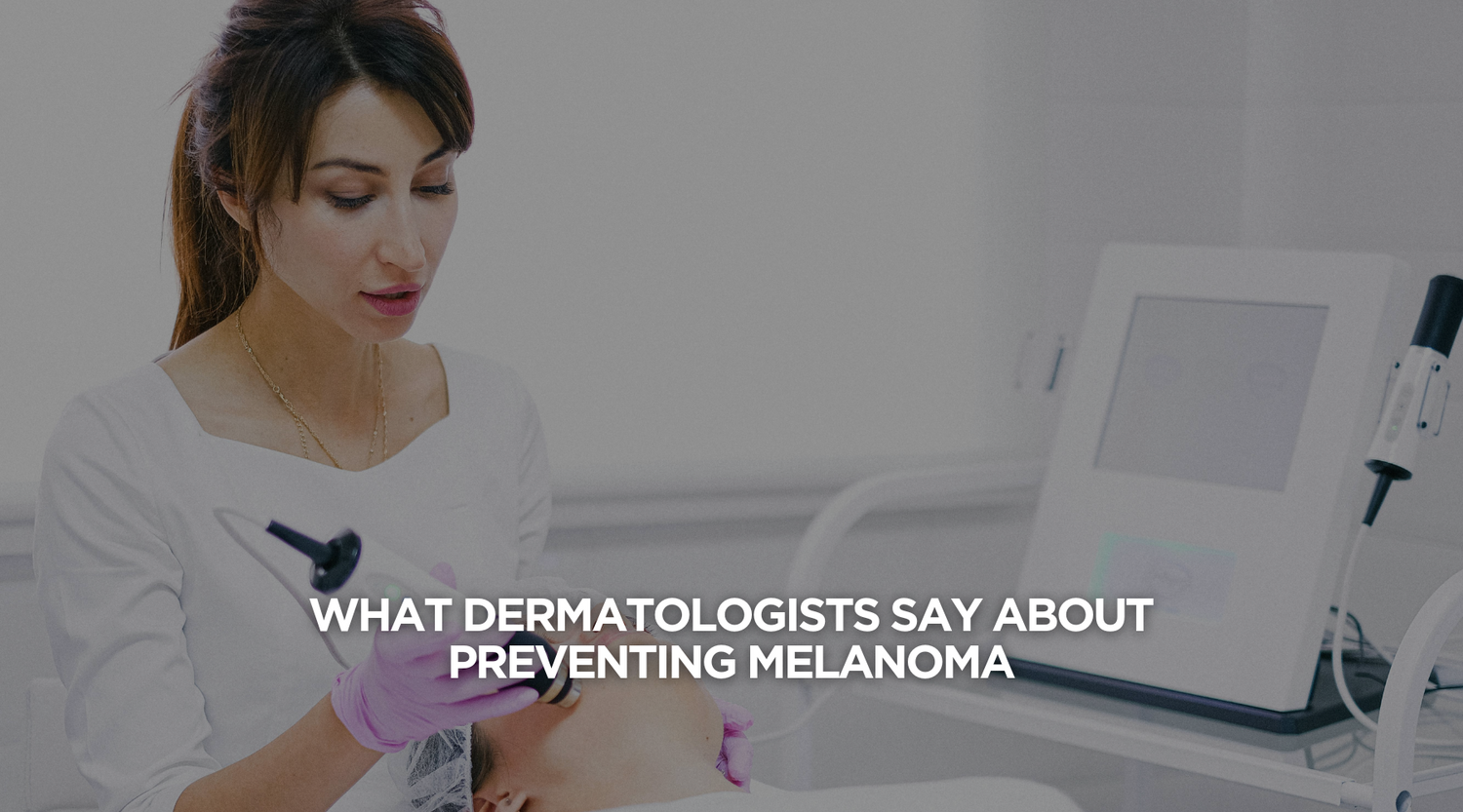Melanoma is one of the most preventable yet deadly forms of skin cancer, and Australia has the highest incidence rates globally. Dermatologists across the country emphasise the critical importance of sun protection, early detection, and regular skin checks. Here’s what leading experts and institutions advise to help Australians reduce their melanoma risk.
1. Sun Protection Is Non-Negotiable
According to the Melanoma Institute Australia (MIA), overexposure to ultraviolet (UV) radiation causes 95% of melanomas. Dermatologists recommend following the 5 Sun Safe Rules:
-
Seek shade, especially during peak UV hours (10am–4pm).
-
Wear sun-protective clothing that covers your back, shoulders, arms, and legs.
-
Wear a broad-brimmed hat to protect your face, ears, and neck.
-
Wear wrap-around sunglasses that meet Australian standards.
-
Apply a broad-spectrum sunscreen with an SPF of at least 50+ every two hours, and after swimming or sweating.
Dr. Georgina Long, Co-Medical Director of MIA Melanoma Institute Australia, emphasises:
“Sun protection should be part of your daily routine, just like brushing your teeth.”
2. Sunscreen: Use It Correctly
Sunscreen is a vital tool in melanoma prevention, but only when used properly. The Cancer Council advises applying a generous amount—about one teaspoon per limb, front and back of the torso, and half a teaspoon for the face and neck. Reapplication every two hours is crucial, especially after swimming or sweating.
Studies have shown that regular sunscreen use, particularly during the formative years, can reduce melanoma risk by 40%. Melanoma Institute Australia
3. Know Your Risk Factors
Certain individuals are at higher risk for melanoma, including those with:
-
Fair skin, red or blonde hair, and light-coloured eyes.
-
A history of sunburns or excessive sun exposure.
-
A large number of moles or atypical moles.
-
A family history of melanoma.
-
A weakened immune system.
Dr. Victoria Mar, a dermatologist and researcher, notes:
“Understanding your personal risk factors is essential in taking proactive steps to prevent melanoma.”
4. Regular Skin Checks Are Crucial
Early detection of melanoma significantly increases the chances of successful treatment. Dermatologists recommend:
-
Monthly self-examinations: Use mirrors to check all areas of your body, including hard-to-see spots like the back, scalp, and soles of the feet.
-
Annual professional skin checks: Visit a dermatologist or trained healthcare professional for a thorough examination.
The Cancer Council emphasises that skin examinations conducted by a doctor, using dermoscopy, are recommended for the early detection of skin cancer.
Cancer information and support
5. Protective Clothing Enhances Defense
While sunscreen is essential, dermatologists stress the importance of physical barriers against UV radiation. Wearing UPF50+ clothing, such as long-sleeved shirts, wide-brimmed hats, and sunglasses, provides consistent protection. Clothing doesn't wear off like sunscreen and offers immediate coverage.
6. Utilise Technology Wisely
To stay informed about daily UV levels, dermatologists recommend using tools like the SunSmart app, which provides real-time UV index readings and sun protection times. However, they caution against relying solely on smartphone applications for skin cancer diagnosis. The Cancer Council advises that such apps are generally inaccurate and should not replace professional medical evaluations.
7. Genetics Play a Role
While sun exposure is the primary cause of melanoma, genetics can also influence risk. Individuals with a family history of melanoma or certain genetic mutations may have an increased susceptibility. Regular screenings and consultations with healthcare professionals are vital for those with hereditary risk factors.
Final Thoughts
Preventing melanoma involves a combination of sun protection, awareness of personal risk factors, and regular skin examinations. Dermatologists across Australia advocate for proactive measures to reduce the incidence of this potentially deadly cancer.
For more detailed guidelines and resources, visit the Melanoma Institute Australia and the Cancer Council.
Stay sun safe, stay informed, and prioritise your skin health.
